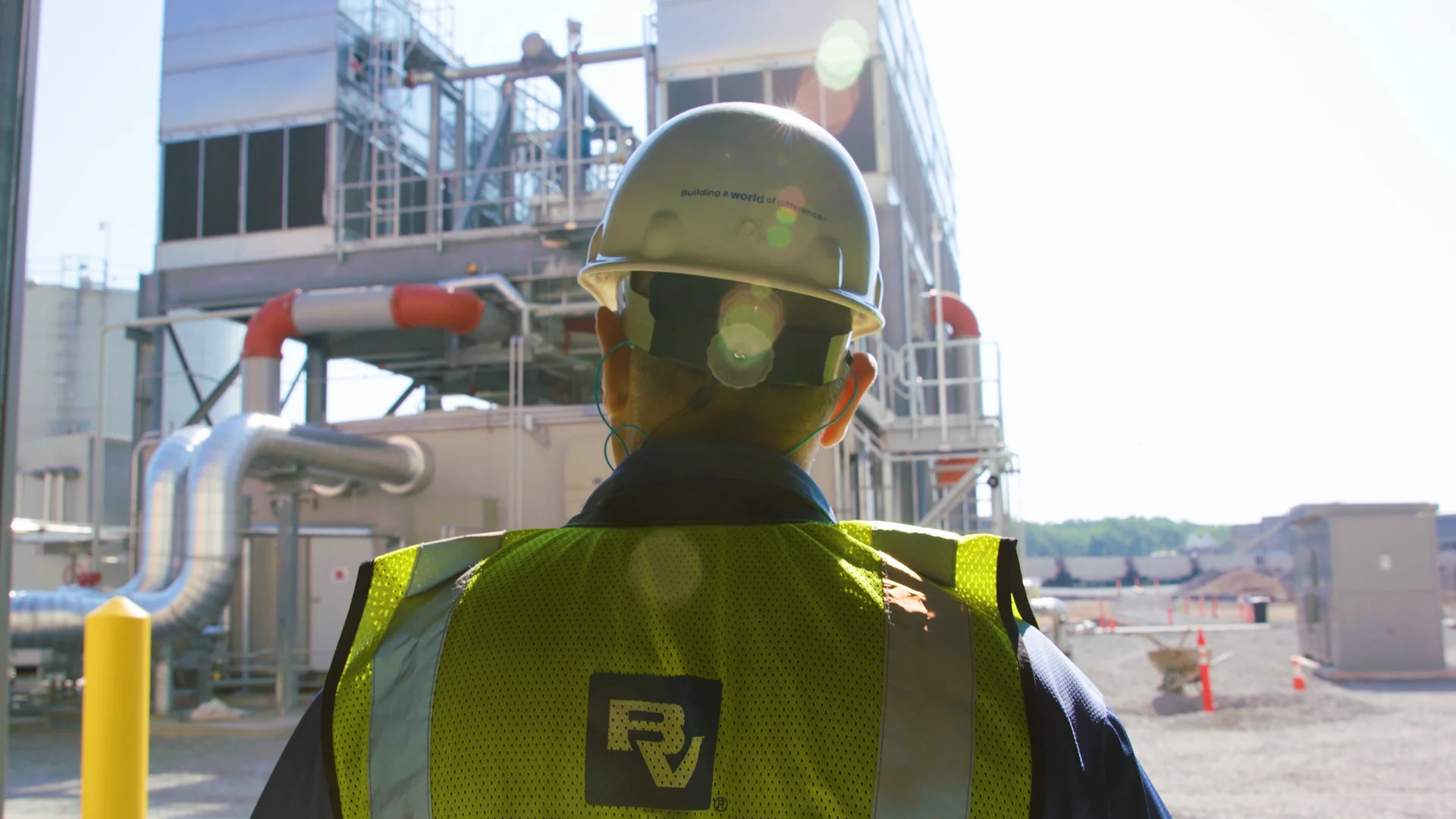Those numbers appear to indicate a positive outlook. But is absolute confidence in a provider’s water supplies founded in the current state today? Maybe not, and it’s not the central point anyway. More beneficial, as the survey results indicate, are the ensuing questions: What are the risks affecting provider’s confidence, and what’s being done to mitigate them?
Not One Thing
More than 200 years since Benjamin Franklin opined that nothing is certain except death and taxes, the public would have you believe that “water” should join the list. It’s expected to be available on demand anywhere, any time, and when it isn’t, for whatever reason, it’s major news. The cause as well as public health and safety implications — along with the long-term community development and economic growth ramifications — can be significant.
It’s a reminder of the value of water and the criticality of resiliency.
Supply risk has the attention of utilities and municipalities. Nearly 60 percent of survey respondents say their water utility had performed a vulnerability study, and eight in 10 say they had considered their water supplies in that assessment. Water reliability and supply resilience also top the list of major investments that survey respondents expect to make during the next decade.
The “why” is clear. Multiple factors can negatively affect supply reliability, and no single issue has primacy. Increasing urbanization, demographic changes and business growth — including businesses related to the internet of things such as data centers, or electrification such as large-scale battery production — are intensifying demand.
Older, simpler water systems are open to purposeful, malicious disruptions, from supply contamination to cyberattacks potentially damaging and risking the public health of the communities. Operations can be severely tested by developments such as global market conditions and the COVID-19 pandemic that compromise supply chains.
Adding to the vulnerability are the impacts from climate change. More frequent, stronger storms are increasing devastation from flooding, which along with fires can knock out water systems in different ways. Less snowpack and shifting rainfall patterns are spreading drought and limiting supplies across regions while more intense heat waves are escalating water use.
As the saying goes, all water is local; every place has its own relationship with water. Each faces water stress in its own way, including the factors above that can hurt supply reliability in different ways. As groundwater resources become overused and surface water levels decrease, availability of freshwater resources can deteriorate.
Quality can suffer from pollutants, eutrophication and saltwater intrusion. Older facilities and out-of-date technologies can’t keep pace with the evolving conditions.The supply stress facing respondents is reflected in their survey answers, particularly in the alignment between perceived vulnerabilities and expected investment over the next decade.For example:
Yet again, respondents cited aging infrastructure as the most challenging issue facing water, wastewater and stormwater systems. In turn, asset rehabilitation/renewal is the second highest anticipated area of investment by utilities and municipalities.
Cybersecurity was the top issue among respondents that had studied their vulnerability, and it’s the third highest area where all respondents expect to see major investment.
Of the respondents that had performed a vulnerability study, more than half pointed to regulations as a concern. Whether involving per- and polyfluoroalkyl substances (PFAS) — commonly known as “forever chemicals” — nutrients, biosolids, or lead and copper lines, respondents expect significant investment in regulatory compliance.
Respondents also identified stormwater as an area for improved resiliency. The capture of stormwater for control of flooding, management of water quality and augmentation of supplies is viewed as another major area of investment.
Borrowing from the 2023 Oscar best picture winner at the Academy Awards, the challenges to providers’ supplies involve practically “everything everywhere all at once,” depending of course on their individual situations.
Steps Toward Water Supply Resilience
To mitigate their supply risks, utilities and municipalities are taking an array of actions. They can be organized loosely by tier.





